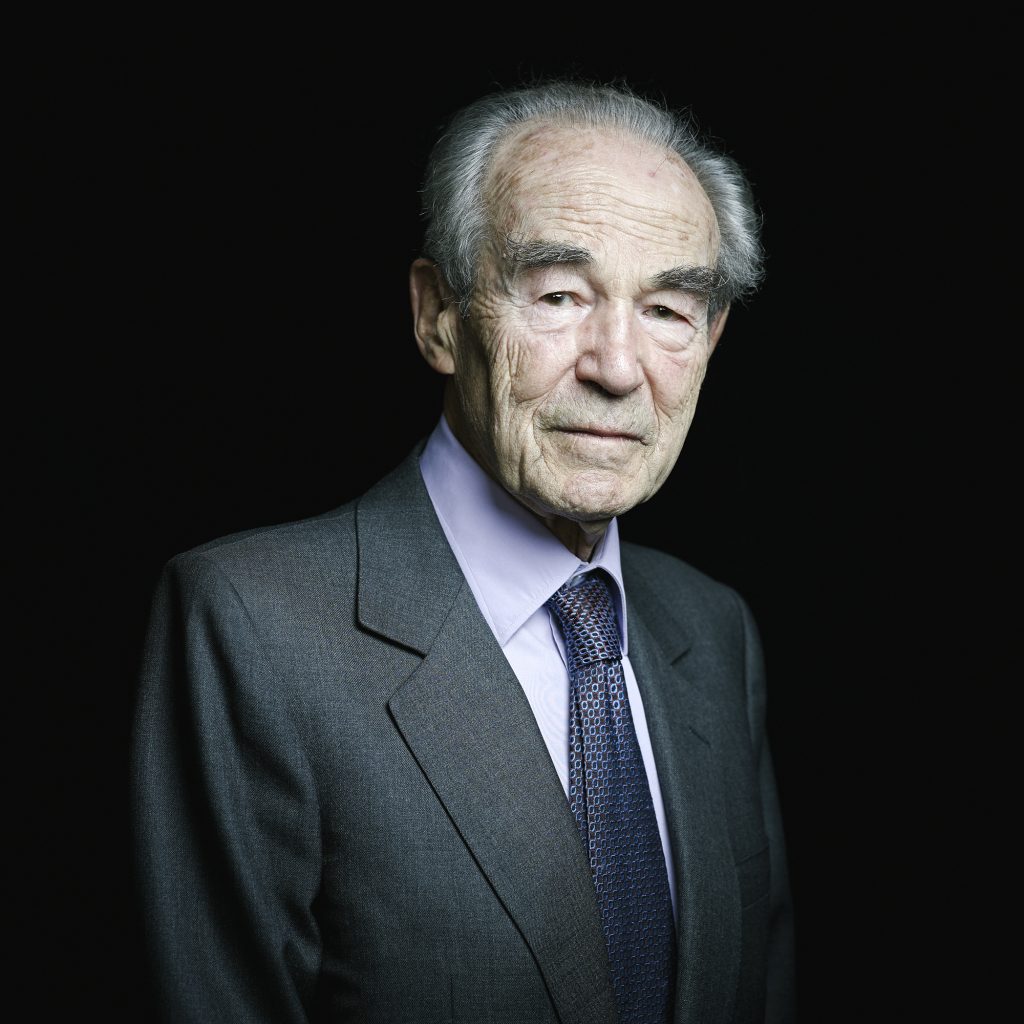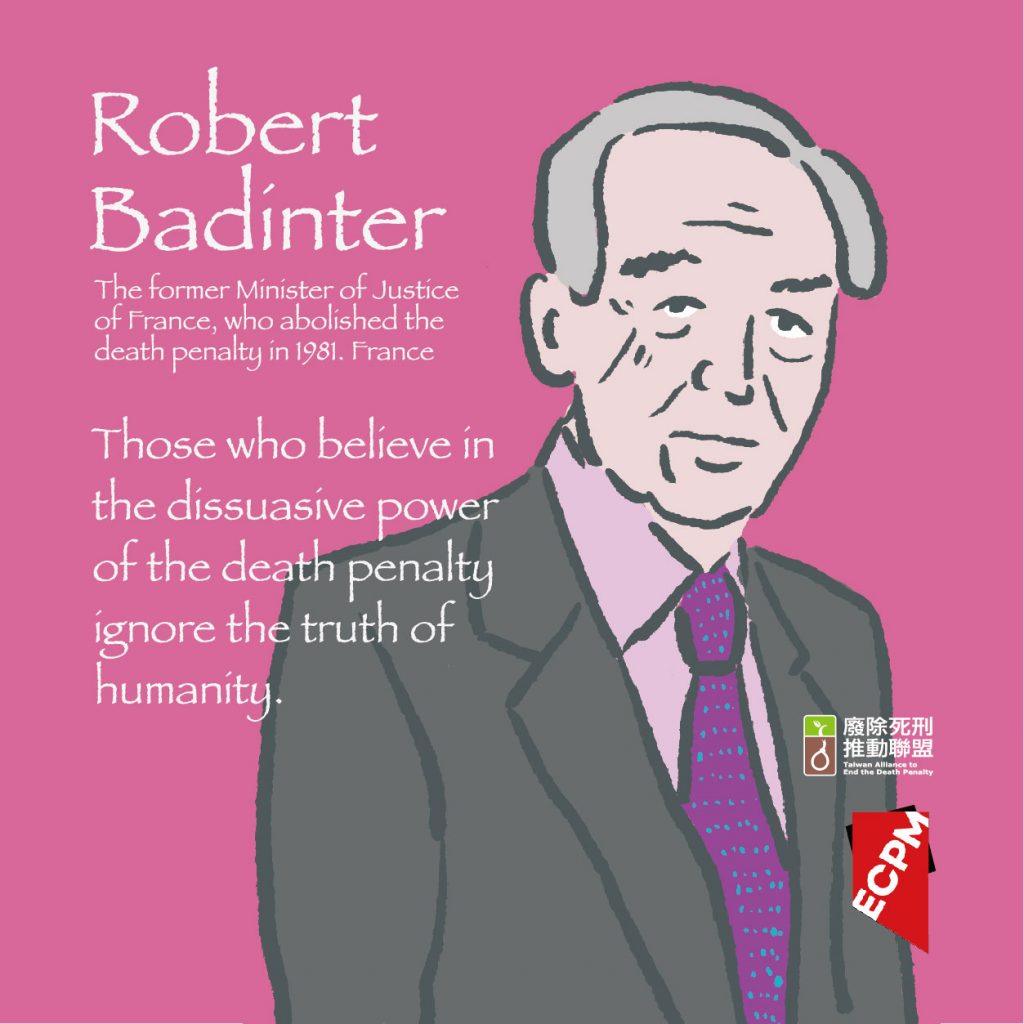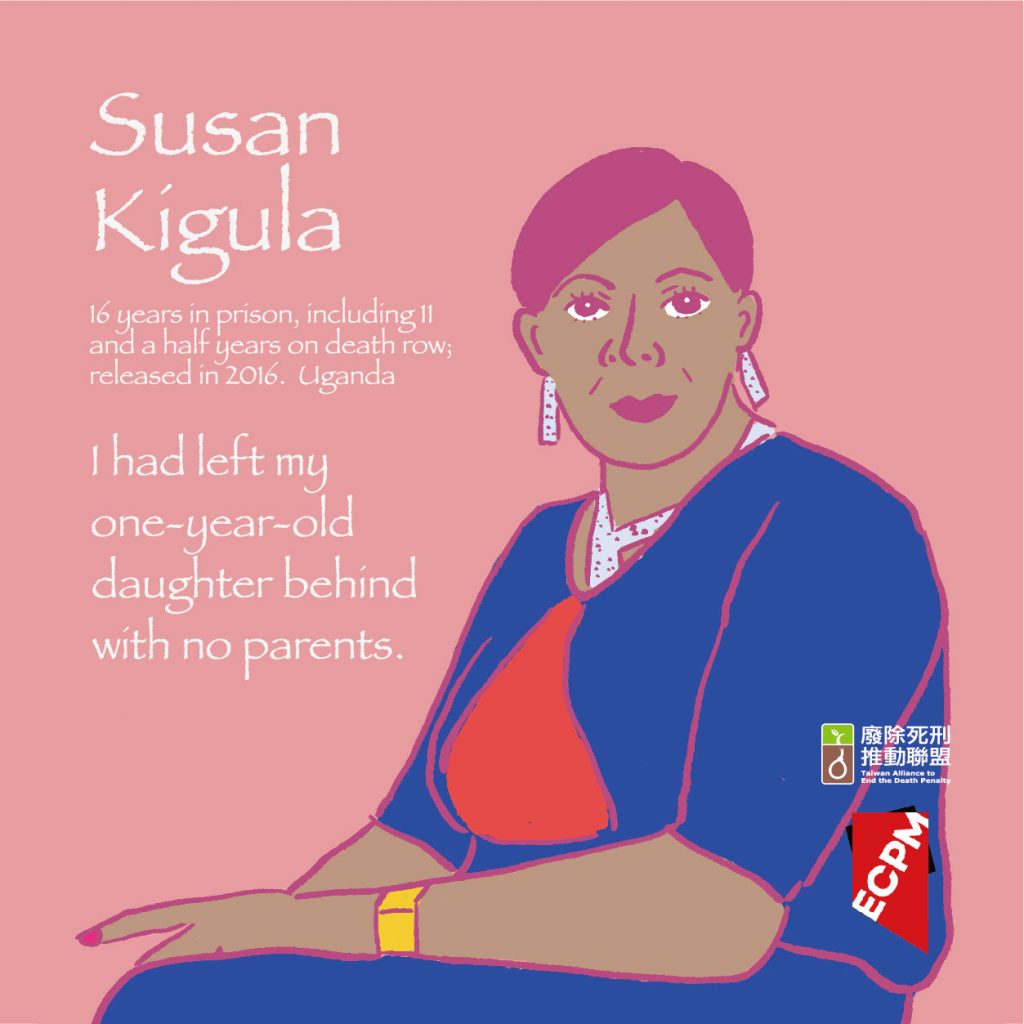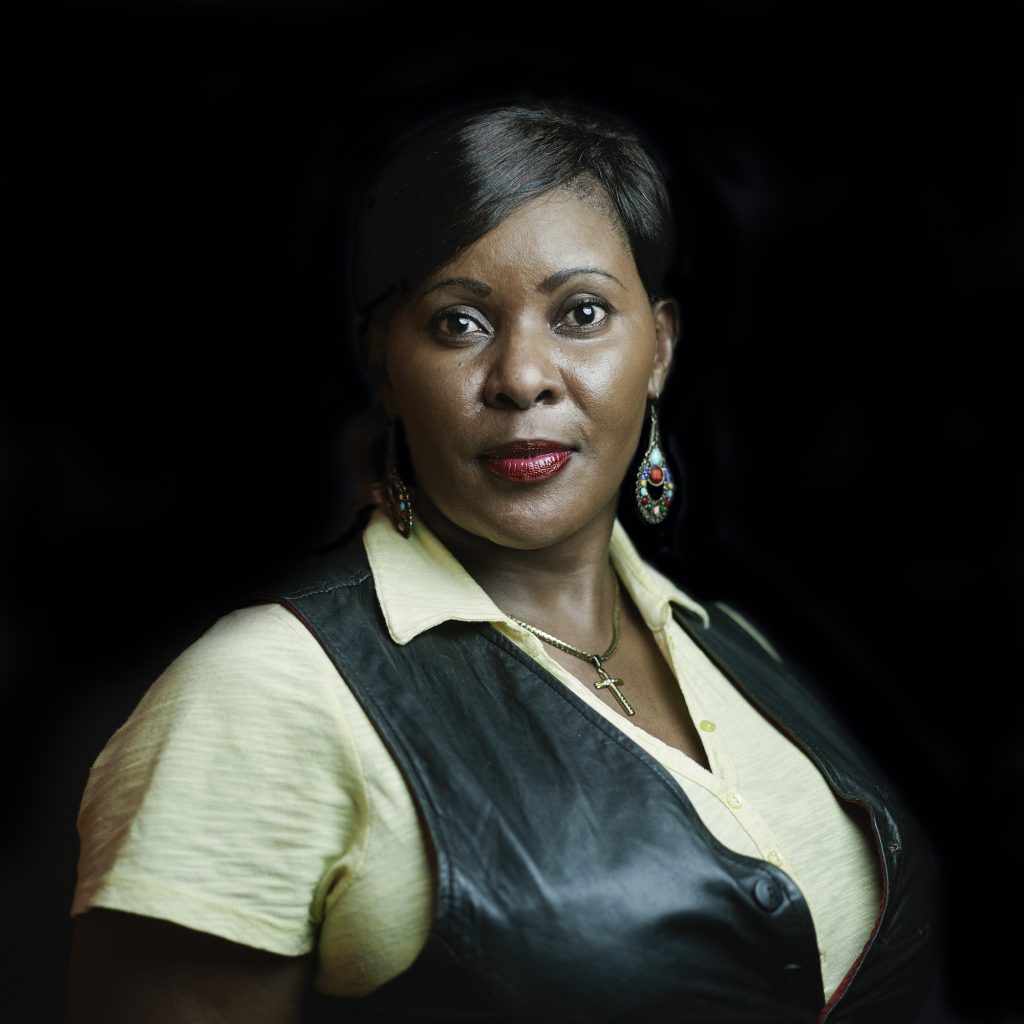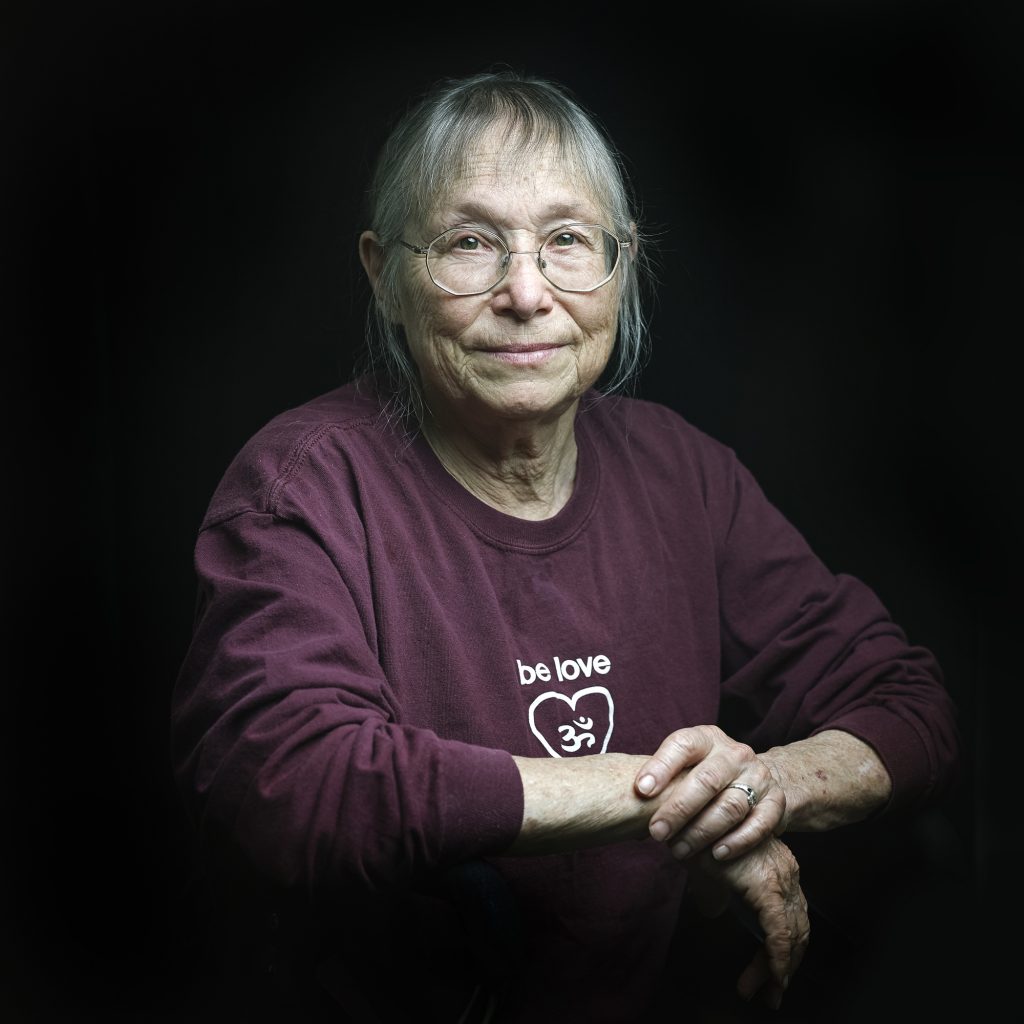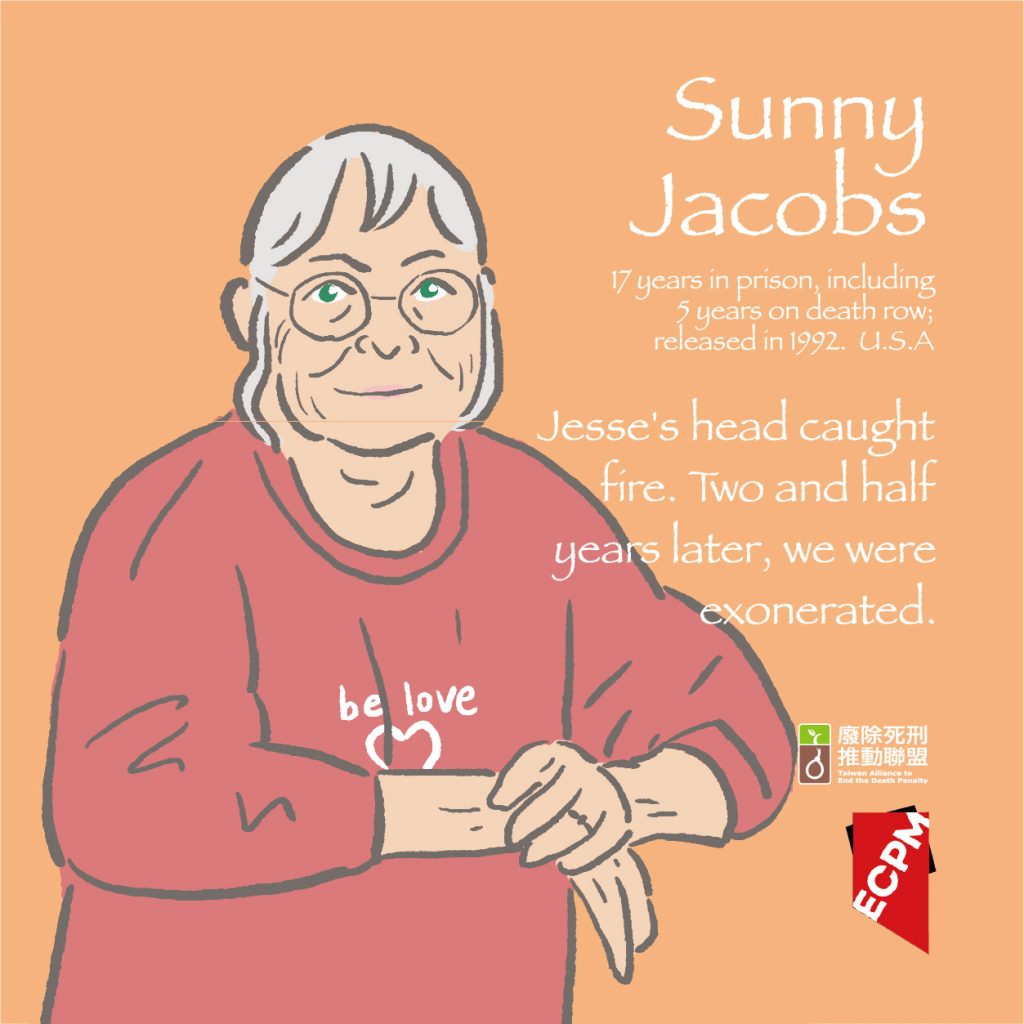An exhibition with multiple faces
15 October 2021
Two artists, based in France and in Taiwan, tell us about the commitment towards the abolionist cause through powerful portraits, out on the occasion of the 40th anniversary of the abolition of the death penalty in France. A joint interview with Christophe Meireis, photographer, and Mido, illustrator.
Christophe Meireis has been working as a freelance magazine photographer for more than 15 years and is particularly interested in putting people at the heart of his work. TSAI Meng-zu, better known as Mido, is a graphic designer and independent activist at the Judicial Reform Foundation (JRF), a Taiwan-based NGO that stand up for the wrongly convicted and advocates for a reform of the justice. Both of them supports the universal abolition of the death penalty and have worked alongside ECPM to bring the voices of leading abolitionists to the fore.
Their work crossed paths for the first time during an event organized on the occasion of a previous World Day against the Death Penalty (which takes place every October 10), during which Mido illustrated, from the other side of the world and with his own unique style, the portraits of Christophe's series, Des visages et des Peines (Faces and Sorrows). As the exhibition gets ready to be displayed on the gates of the City Hall of Paris from October 8th to 31st, they confided in ECPM about their artistic and militant approaches.
How did you become interested in the abolition of the death penalty?
Christophe Meireis : I have always been interested in human rights, and I also work regularly with Amnesty. I first made portraits of the ECPM team, for communication purposes. Then, I did the photo report for the Oslo congress, and as I got to meet many witnesses of the abolition of the death penalty, the idea came to me to make the portrait of former convicts.
Mido : In 2019, I was invited by Taiwan Alliance to End the Death Penalty (TAEDP) to participate in "Facing the Death Penalty" project, which launched photography exhibitions in cafes. This gave birth to the idea of painting the faces of people related to death penalty and their confessions on a series of coasters. Recently, I participated in a campaign to free CHIOU Ho-shun, who was sentenced to death in Taiwan. It is very important for me to bring the voice of the silenced people through my illustrations; it is an honour to work with JRF partners.
What particularly stood out for you in this topic, something you didn't expect?
Christophe Meireis : when we are not interested in the subject, we think that a person condemned to death must have committed serious, horrifying crimes, whereas often people are condemned for political reasons, or because they are homosexual, or for the simple fact of opposing the government in place. The death penalty is a weapon used by many States.
Mido : Owing to my working experience in the organization, I have met some parties of the wrongful convicted myself and understood that their sadness in the past makes no difference between them and us. They are me, you or anyone, and each one of them has her/his daily worries and feelings. Their life is not so different from ours.
Christophe, how did the idea for the series The Faces of Abolition come about? What did you want to show the general public through these portraits?
Christophe Meireis : In Oslo, during the World Congress against the Death Penalty, I had the opportunity to portray Peter Pringle and Sunny Jacobs. Then I met several other witnesses, we sometimes had lunch together and I soaked up their stories. As a portrait photographer, all the conditions were met to give meaning to these portraits. When you know all these injustices, all these wrongful convictions, it touches you and you want everyone to know. I always accompany this series with a strong quote next to it, to challenge the audience with the story of each subject. I wanted people to have access to this information, the same way I received it at some point.
"Often, people are condemned for political reasons, or because they are homosexual, or for the simple fact of opposing the government in place."
In your series, we can feel the emotion in the eyes of your subjects, how did you meet them?
Christophe Meireis : My job as a portrait photographer is not only to make a beautiful photo, but also to get what I want from the person in front of my camera: it is important that I take the time to get to know them. Sometimes, during the shooting, one subtle detail makes the difference: a tilt, a look... Sometimes, out of fourty shots, only one is interesting. Some people are more at ease than others. I usually suggest that they think very hard about their quote, to immerse themselves in their story, to immerse themselves in the subject for which I am photographing them. There is also a part of luck: some are very expressive and give what you need without you having to fight for it. That's the magic of portraiture.

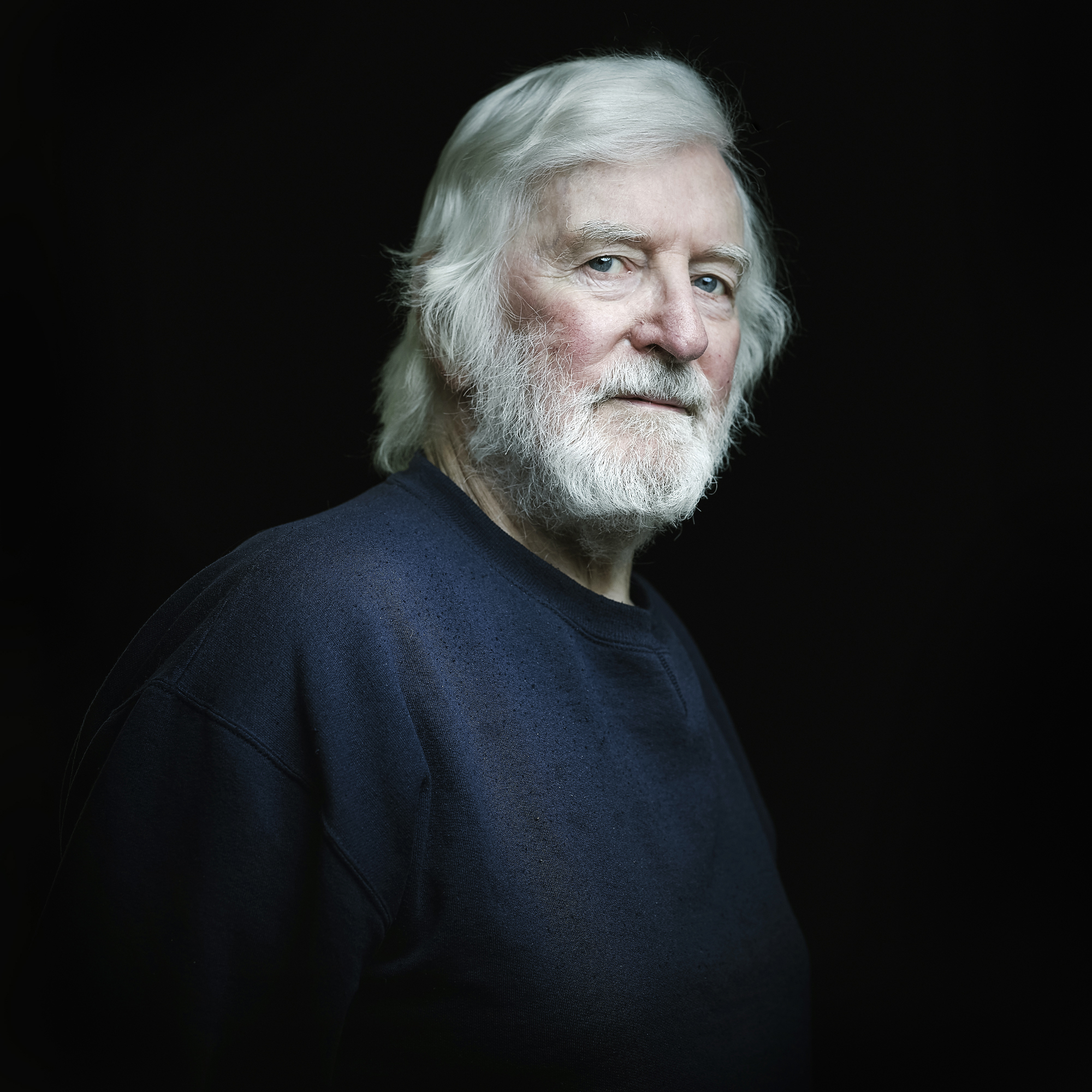
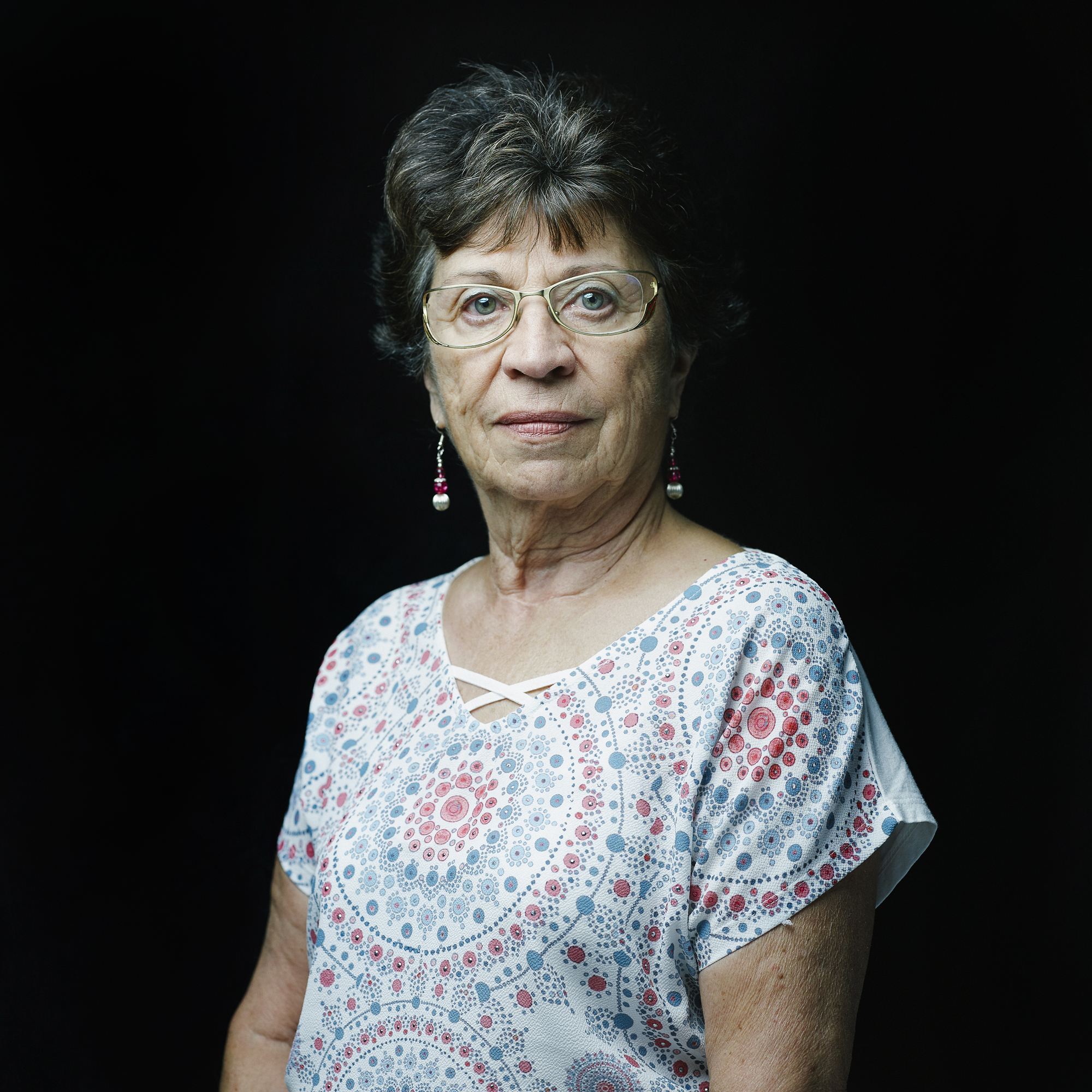
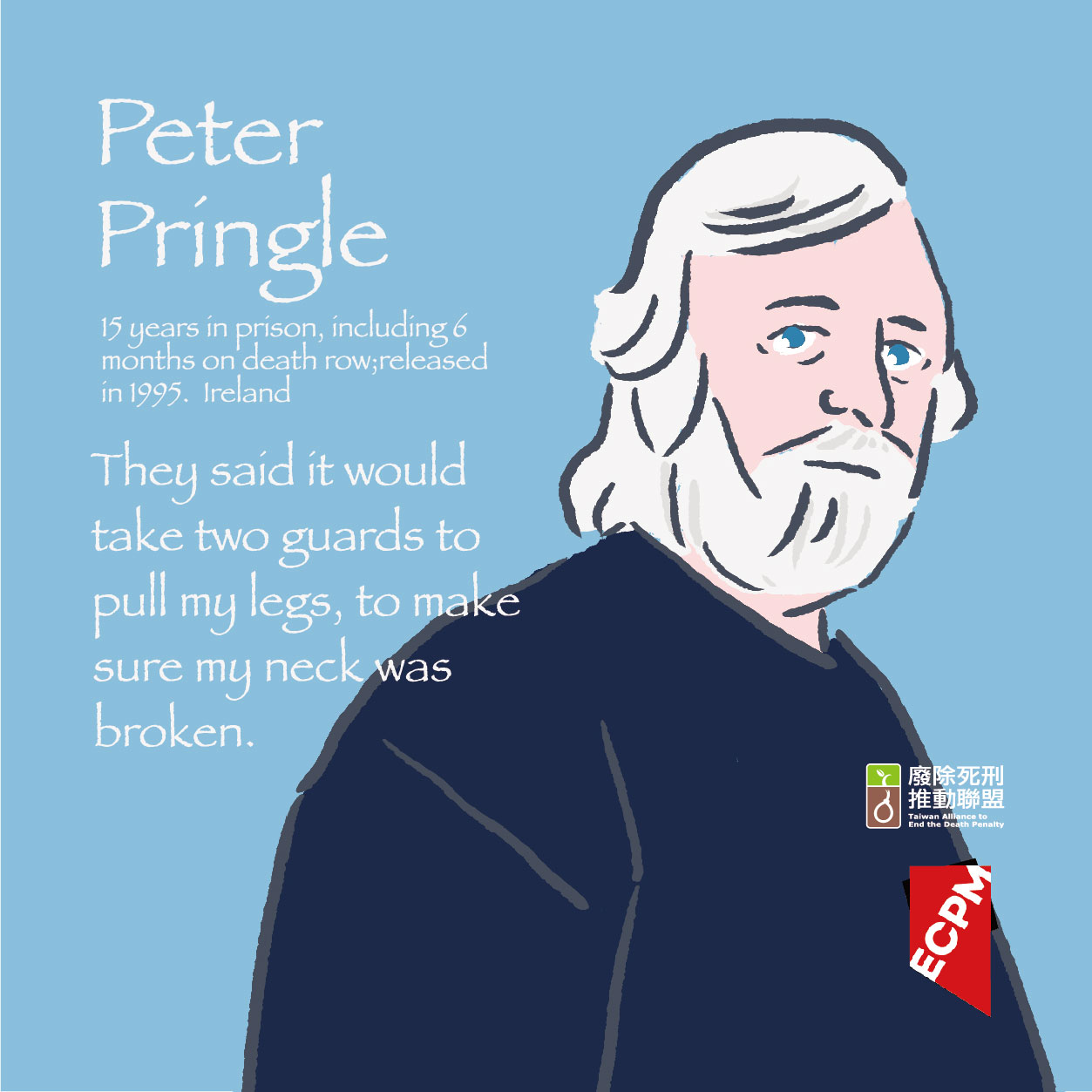
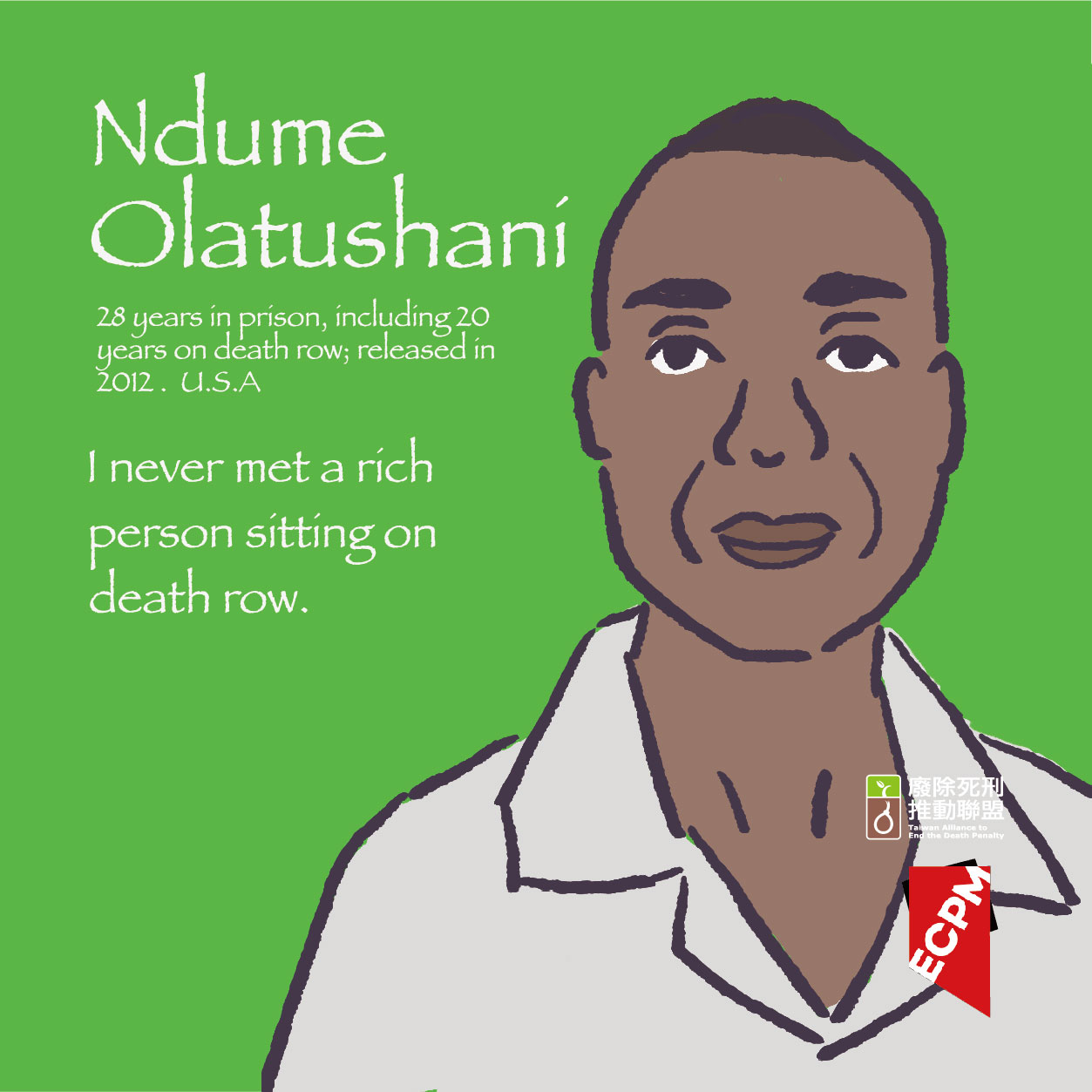
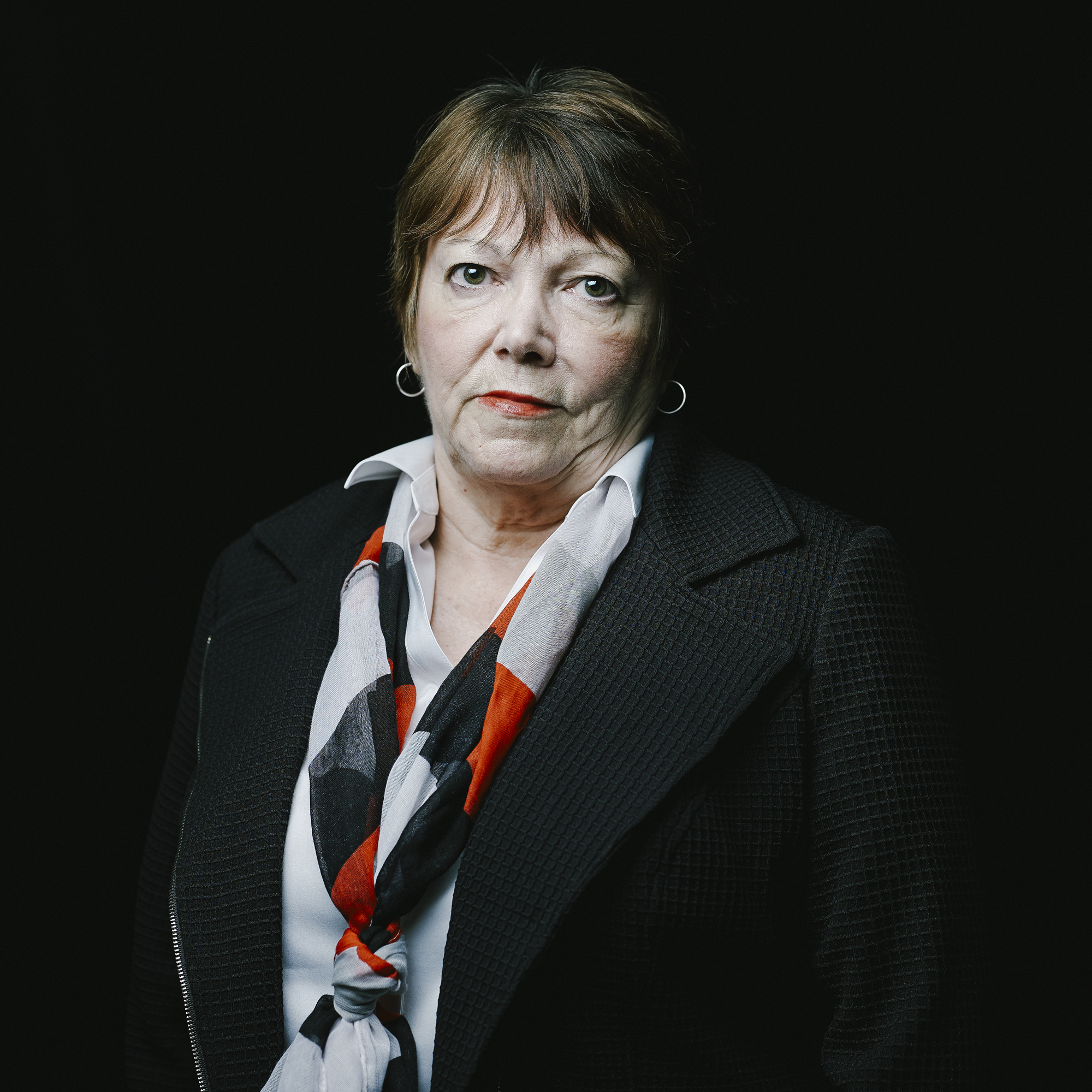
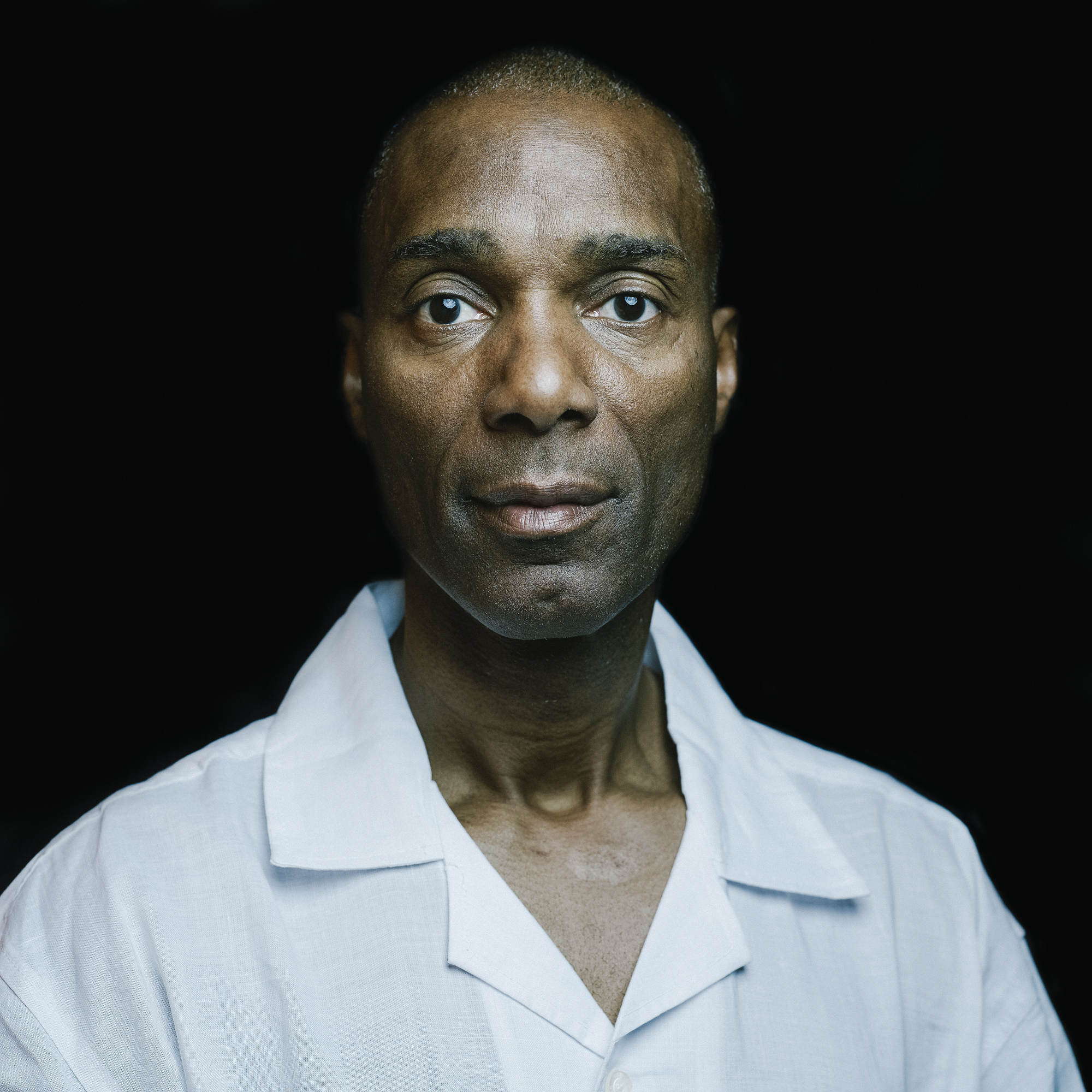
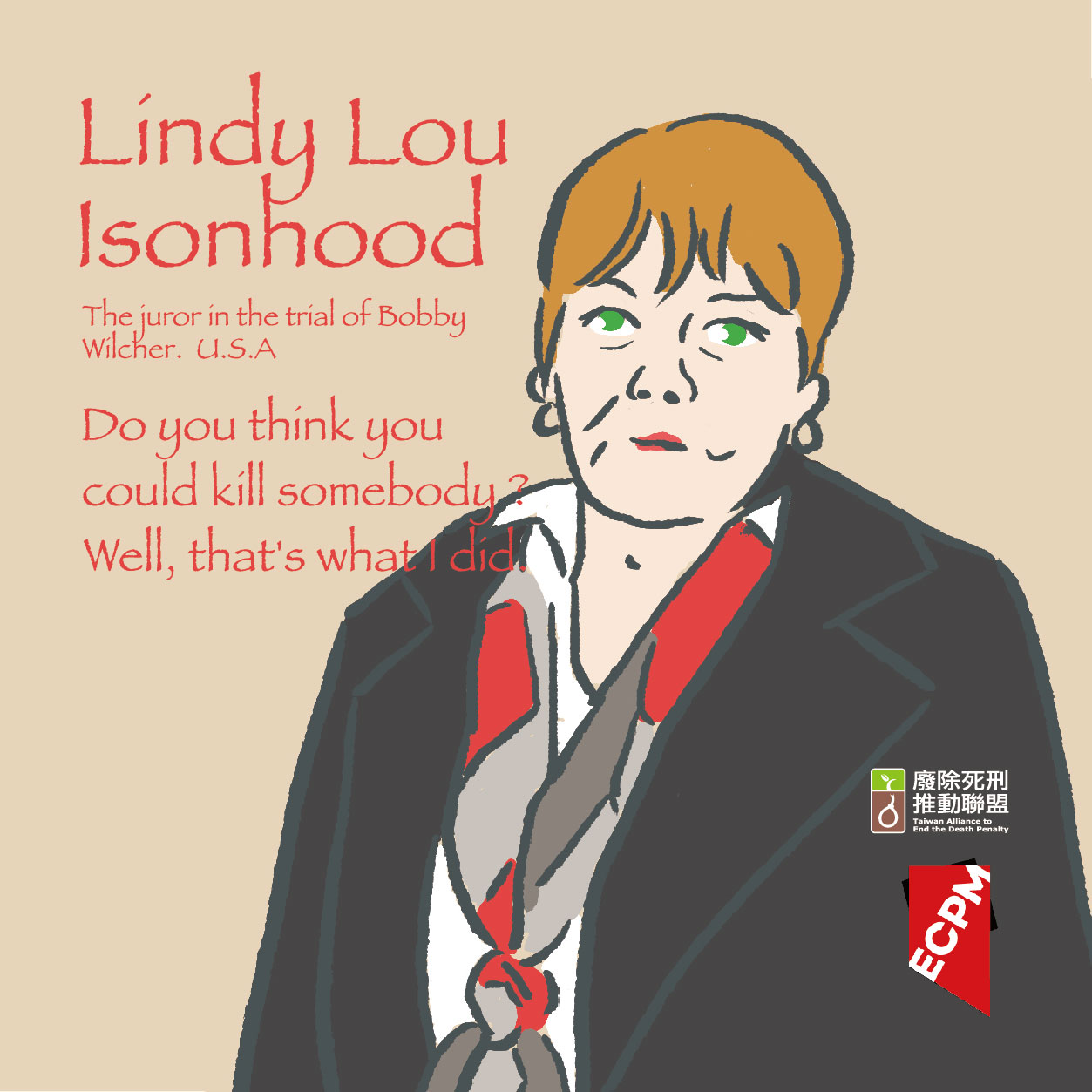
Can you explain your creative process: choice of the black background, light, posture of the people...
Christophe Meireis : At the beginning, I wanted to play with the environment around us: their homes, their countries... but in the end it wasn't possible. We were at congresses, in rooms that had little charm. I was also afraid that by playing with the decor - which I do a lot in magazines - the eye would be too attracted by the setting, the objects in the photo, and that we would be detached from the model. I needed the public to focus on their look, so I removed all the elements that would took us away from it. I concentrated the light on the face and chose a black background, which helped me create a coherent and uniform series. There is something happening in their eyes, we find ourselves face to face with them. Each time I meet them, I am in front of them, they tell me their story and a certain sympathy is created. I want the viewer to feel what I experienced when I met them: to be alone with them, without frills.
Mido, what made you want to illustrate the portraits made by Christophe Meireis?
The portraits shot by Christophe Meireis made me think of each one of their own encounters and expressions in their lives, but I did not want people to know and remember them only in the sad way. In addition to that, my personal preference is to know others from the colours they choose to wear, so I took the colours worn by them at the time of shooting into consideration when I illustrated these 21 people. I hope the playful and eye-catching colours could draw more attention from people, and to further interest them in listening to their stories.
"I did not want people to know and remember them only in the sad way."
Christophe, what do you think of the work of Mido, the Taiwanese artist who illustrated your portraits? Did you get a chance to meet her ?
Christophe Meireis : No, unfortunately I didn't have the opportunity to meet her, but her illustrations are very good. Her pencil stroke has a slightly naive side, almost childish at times, which corresponds to the Taiwanese culture. When we walk in Taiwan, in the subway for example, we often see small characters like in a comic book and we find this spirit in her drawings. She offers us a different vision which is really impregnated with her culture.
Your exhibition will be back in Paris, on the gates of the Hôtel de Ville, and at the Transphotographiques festival in Lille for the 40th anniversary of the abolition of the death penalty in France, what reaction do you expect from the public ?
Christophe Meireis : I want the exhibition to be an educational tool, to make the public realize that people sentenced to death are like everyone else. Tomorrow, it could be us. Sometimes it is a matter of being in the wrong place at the wrong time. In 2021, we still hear some people saying "No, I'm not in favour of the death penalty BUT...", especially with the return of populism, and this is not acceptable.
Would you like to share a story about your work, or spread a message that is important to you?
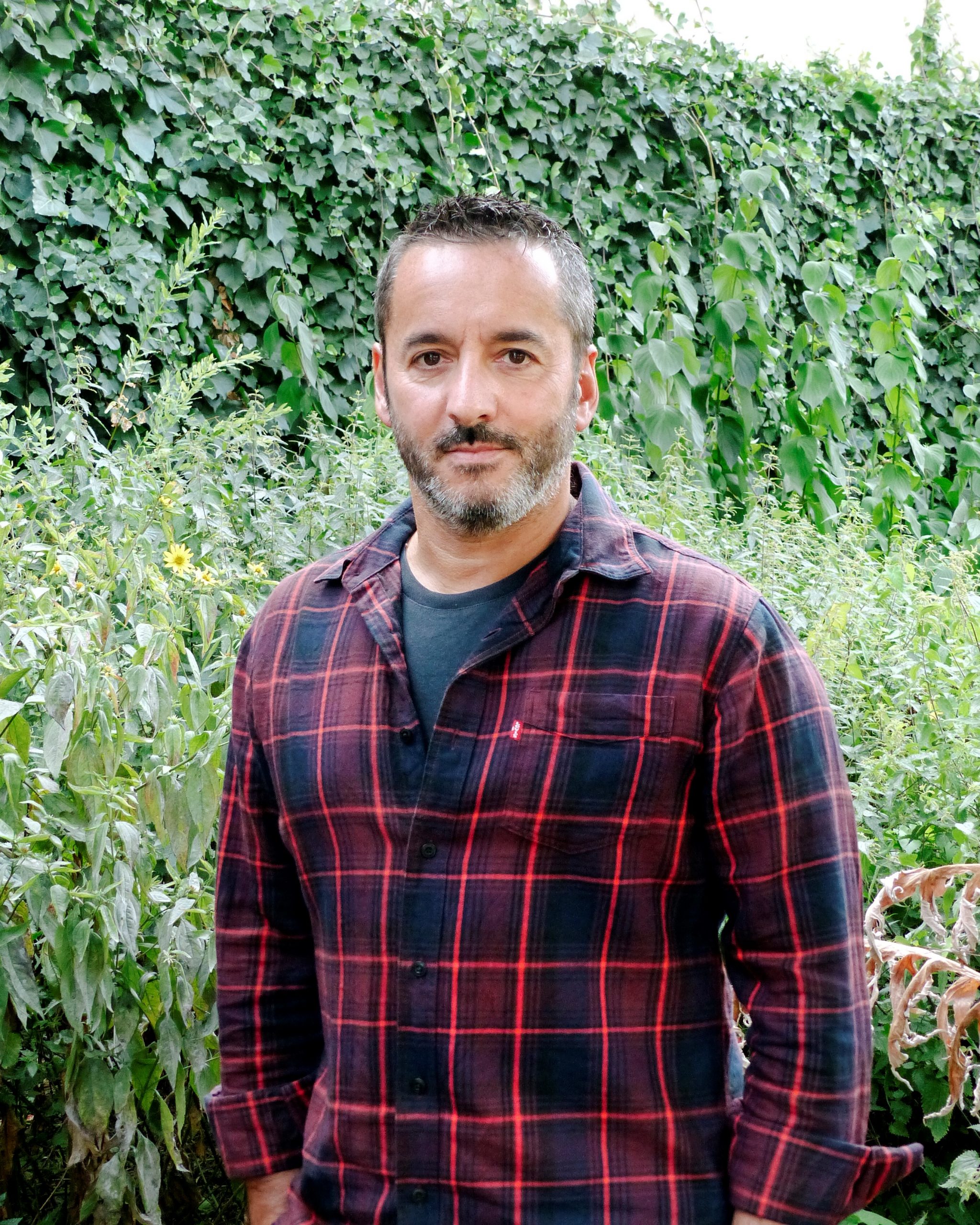
I would like to highlight one thing, which greatly impressed me: I never saw hatred in the eyes or in the words of these figures. They never have had any desire for revenge against the institutions that condemned them. If they can forgive, then so can we.

I would like to introduce you CHIOU Ho-shun, the death-row inmate I mentioned at the beginning. Chiou has spent 33 years, which is more than half of his life, behind bars for a crime he did not commit. The judgement of Chiou’s case was mostly based on confessions through torture. Chiou’s health condition is getting worse and his clock never stops ticking as he might be executed any minute. As a curator, I organized an exhibition, entitled “Haiwang Tianguan 海旺天光'' with the team for Chiou in 2020.
We not only aim to raise more awareness to Chiou’s case through art activities,but also we hope to gather more people to know his story and are willing to support him. The exhibition has been held in three cities in Taiwan, including Chiou’s hometown, and is still going on. You may know more about CHIOU Ho-shun from a video and sign a petition for him.
Find all the portraits and illustrations of Christophe Meireis and Mido throughout our campaigns on instagram, and the portraits during the exhibition Les Visages de l'Abolition, on the gates of the Hôtel de Ville de Paris, from 8 to 31 October 2021, as well as online at www.portraits.ecpm.org.







